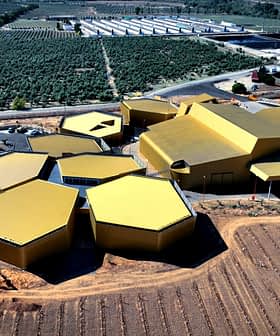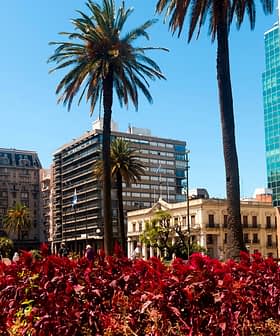Researchers from the University of Almería, in Spain, have found a quick, easy and low-cost analytical method, which helps to detect toxic substances that are created by microorganisms in edible vegetable oils.
The analytical method employs ultra-high-performance liquid chromatography-tandem mass spectrometry to identify mycotoxins in the oils and is based on a QuEChERS procedure (quick, easy, cheap, effective, rugged and safe).
Mycotoxins are natural substances produced by some fungi species and are found in crops, including olives. When consumed, they can have negative impacts on human health, including hallucinations and severe immune problems. For this reason, the maximum amounts of mycotoxins that are tolerated in foods tends to be low.
As a result of the study, which analyzed olive oil for the first time, food safety organizations now have data that helps to determine the maximum amount of toxins and microorganisms that can safely be consumed in olive oil.
These results will allow health authorities to develop regulations regarding the level of mycotoxins permitted in edible oils going forward.








